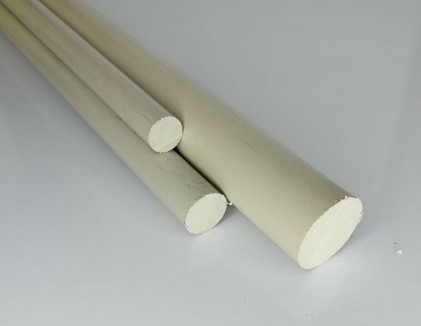PP
Polypropylene
Isotactic Polypropylene (PP) is a thermoplastic polymer invented in the 1950s by the Italian chemist Giulio Natta, winner of the 1963 Nobel Prize for chemistry. It was produced by Montecatini (later Montedison) under the Moplen brand in two plants in southern Italy. Polypropylene has enjoyed great success in the plastics industry: many commonly used objects, from doormats to colanders, to name a few, are made of PP. The Moplen brand after complex corporate events, the sector passed to Basell, formed by BASF and Shell.
Features
Polypropylene (PP) has a low specific weight and good mechanical and impact resistance. Its main feature is a good resistance to chemical agents which makes it ideal for electroplating. Temperature resistance is instead good at high temperatures, but not at low temperatures (0°C to +90°C). Depending on the fillers and colors it may be suitable for contact with food.
Processing
PP is soft and works very easily; it can be welded and it is precisely through welding that the galvanic tanks are built.
Applications
Containers and tanks in the chemical industry, galvanic tanks, water purification plants, marine environment, mechanical parts. Other examples of use of polypropylene are: vehicle dashboards and bumpers, plastic bottle caps and labels, anti-hail nets, CD cases, coffee capsules, white plastic coffee cups.
Products Range


